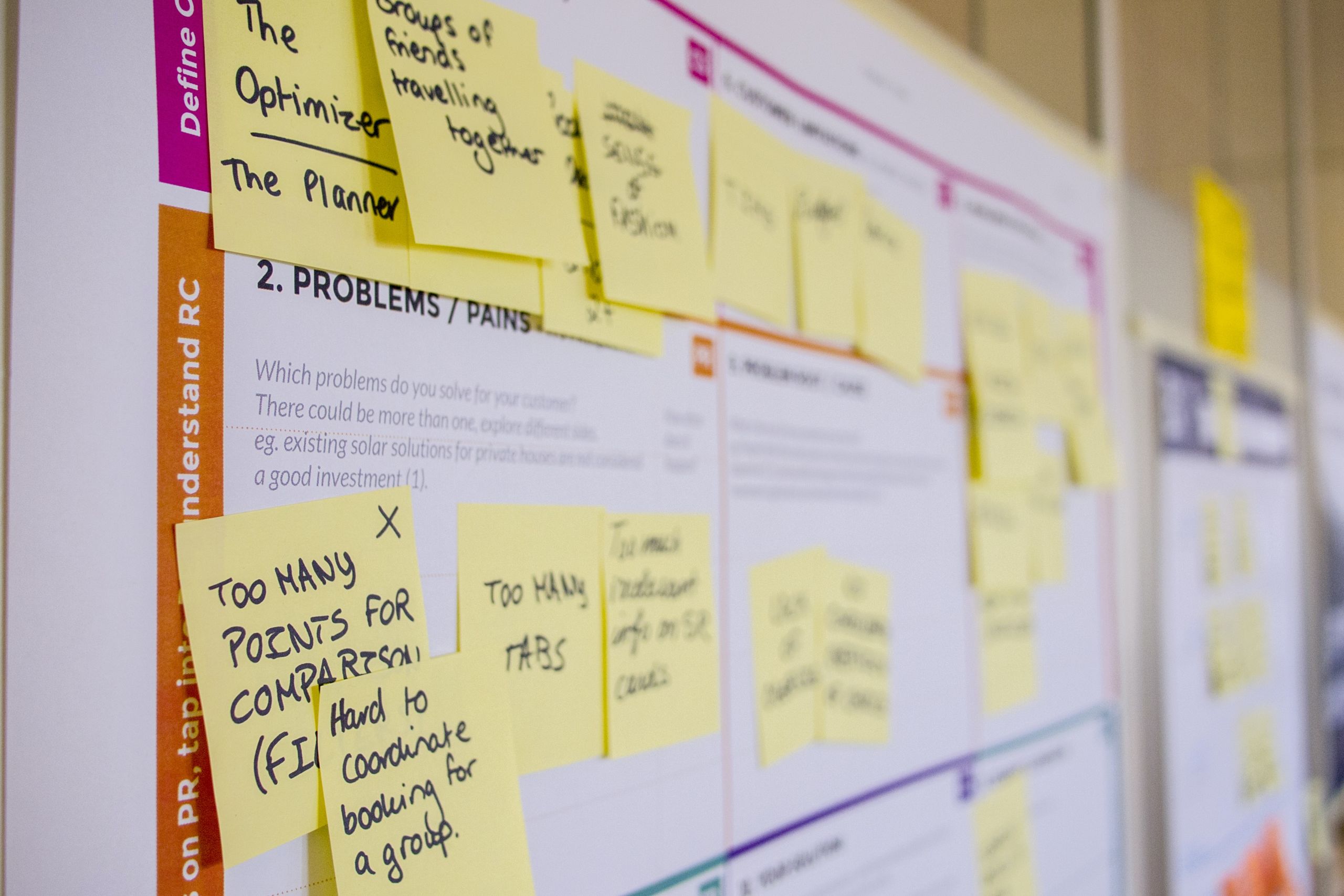Think back to the last time you used a product that frustrated you. (It probably won’t take long.)
Recently, I tried a box of tissues made from bamboo rather than tree fiber. It’s a great idea in principle – until I opened the box. The tissues had been packed in a way that led them to get jammed at the opening in a giant clump instead of dispensing one at a time. When I finally needed one, I wound up mopping my runny nose with a handful of tiny shredded tissue fragments… and the brand whiffed its opportunity to leave a positive first impression.
With the constant disruption in today’s fast-moving consumer goods (FMCG) markets, it’s critical to understand how to tackle design problems worth solving that prioritize delivering a good user experience.
Blue Clover Studios uses a generative research process to “generate” a deep understanding and sense of empathy for the current experience for the populations that will be impacted by the end product. Within the B2B industry, that might include a customer or brand, employees at a business, or an end consumer. Through the user-centered approach, we start understanding the answers to the following questions:
· Who are our users?
· What are they trying to achieve?
· Where are they?
· What are they doing?
At this stage, it’s important for our team to get out of the office and directly observe the behavior that’s part of peoples’ everyday routines. Understanding the answers to these questions helps us define where challenges, pain points, and unmet needs exist so that we can define and prioritize the problems to be solved from the perspective of the person who will be buying and using it.
Once we’ve analyzed our study data and identified some key opportunities for a new product design, we’ll report our results out to a project team that also includes strategic business and manufacturing perspectives. Making sure all of our ideas are desirable, viable, and feasible ensures our end solutions deliver actual value against what’s out in the market today.
Innovation – even when reinventing a classic box of tissues – comes with risk. Generative research helps us understand what the end users want to achieve, so we can focus on creating packaging that they’ll buy, and love using, again and again.




